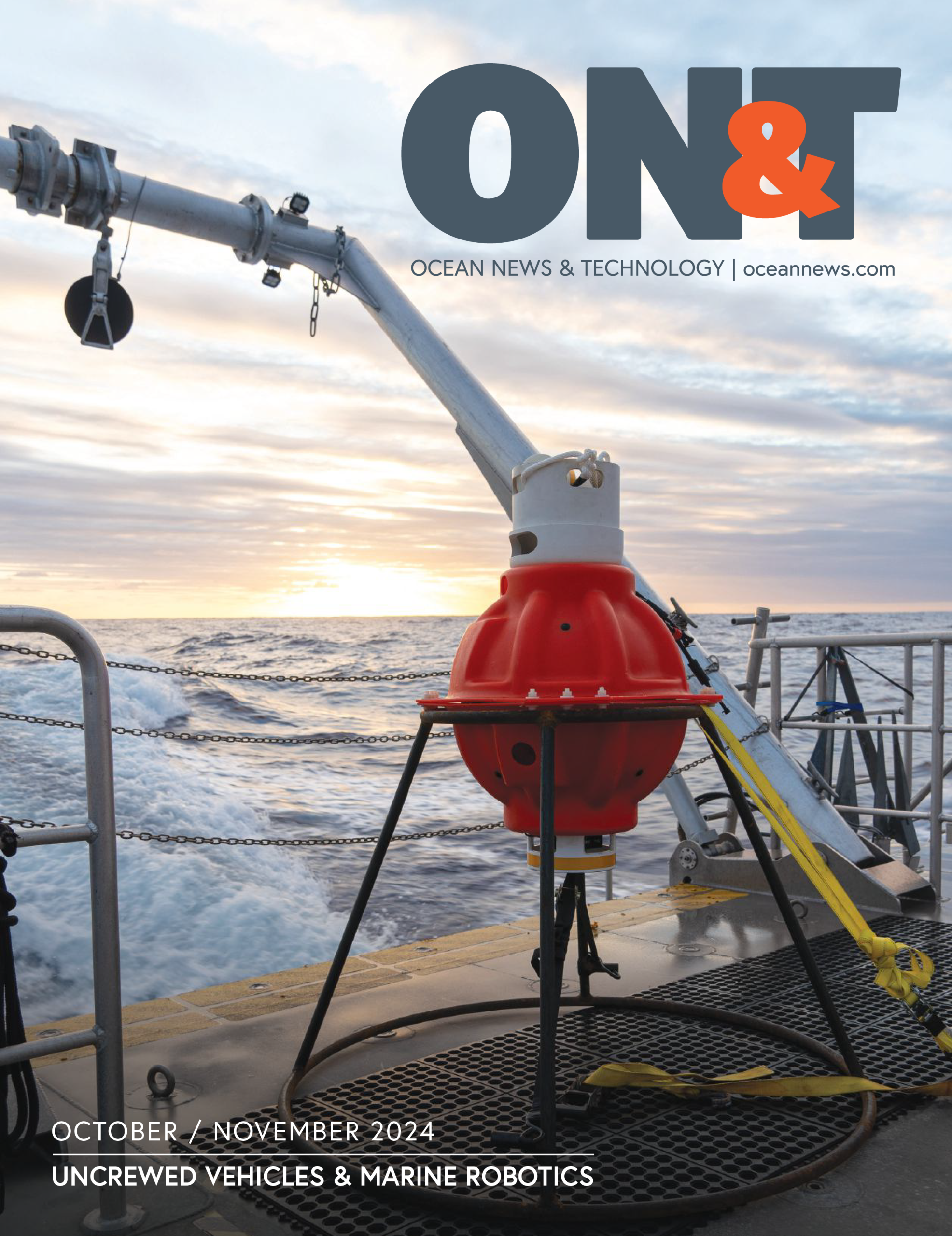
The Ocean Exploration Paradox – Ocean News & Technology – Joe Wolfel

Joe Wolfel
Co-Founder & CEO, Terradepth
THE OCEAN EXPLORATION PARADOX
As we launch robots to Mars and blanket the skies with WiFi-beaming satellites, it’s striking to think that the depths of our own oceans remain largely unexplored. This disparity underscores a significant knowledge gap we can’t afford to ignore.
High-resolution seabed mapping isn’t just a scientific curiosity—it’s crucial for understanding ocean currents, evaluating underwater hazards, ensuring the sustainable use of ocean resources, establishing marine protected areas, and ensuring safe navigation. This information is vital for advancing industries and safeguarding national interests, from harnessing offshore energy and optimizing telecommunications to enhancing maritime transportation and bolstering national security.
Yet, despite centuries of marine research, our most common seabed mapping methods remain surprisingly outdated. We still largely rely on crewed ships, towed systems, and tethered Remotely Operated Vehicles (ROVs), an approach that is not only expensive—costing up to $100,000 per day or more—but also painstakingly slow and limited in scope and detail. Today, only about 25% of the seafloor has been mapped in detail using modern technology, and an even smaller fraction has been observed at high resolution.
THE AUV REVOLUTION
Autonomous Underwater Vehicles (AUVs) are transforming ocean data collection by offering high-resolution mapping at lower costs and reduced risk. These incredible machines can operate independently for extended periods, covering vast areas and accessing previously unreachable regions. This technological leap has led to unprecedented growth in ocean data volume and variety, with more mission-critical information gathered in the past two decades than in the entire 20th century combined.
However, this surge in data collection capabilities has outpaced our ability to manage and analyze data effectively. Private industry spends billions annually on ocean data, yet challenges like non-standardized formats and siloed databases result in fragmented, incomplete, and outdated information. This increases costs and risks for offshore projects, endangers maritime crews, and impedes conservation and sustainable development efforts.
INTRODUCING OCEAN DATA-AS-A-SERVICE (ODaaS)
At Terradepth, we recognize the urgent need for efficient, scalable solutions that address the entire ocean data value chain. Our approach combines advanced AUV technology for autonomous, high-resolution seabed mapping with a cloud-based data management platform—Absolute Ocean—to streamline data processing, visualization, and collaboration.
By providing an end-to-end solution for ocean data acquisition and utilization, we empower customers across diverse industries and governments to access timely, actionable insights. This enables them to make informed decisions, drive progress, and minimize costs, risks, and environmental impacts in the complex and rapidly evolving maritime domain.
PARTNERS IN SEABED EXPLORATION
Our recent partnership with HYPACK, a leader in hydrographic survey software, reinforces our commitment to this mission. By integrating HYPACK software with Absolute Ocean, we’re enabling surveyors to process ocean data in near-real time during surveys and seamlessly contextualize it with existing geophysical data. This dramatically reduces the time from data collection to actionable insights, shrinking lead times from weeks to hours.
This collaboration offers faster decision-making, flexible team structures, scalable processing power, and enhanced data security. By eliminating the need for physical data transfers and unsecured file hosting platforms, we’re making ocean data more accessible, efficient, and actionable than ever before.
EMBRACING THE FUTURE
As we confront aging underwater infrastructure, climate change, geopolitical challenges, and a burgeoning blue economy, the need for comprehensive and scalable ocean data will only intensify. At Terradepth, we’re integrating cutting-edge AUVs with our Absolute Ocean data management platform to meet these demands. By transforming how we collect, analyze, and leverage ocean data, we’re not just mapping the seabed—we’re empowering industries and governments to understand 70% of our environment, right here on Earth, and make informed decisions faster.